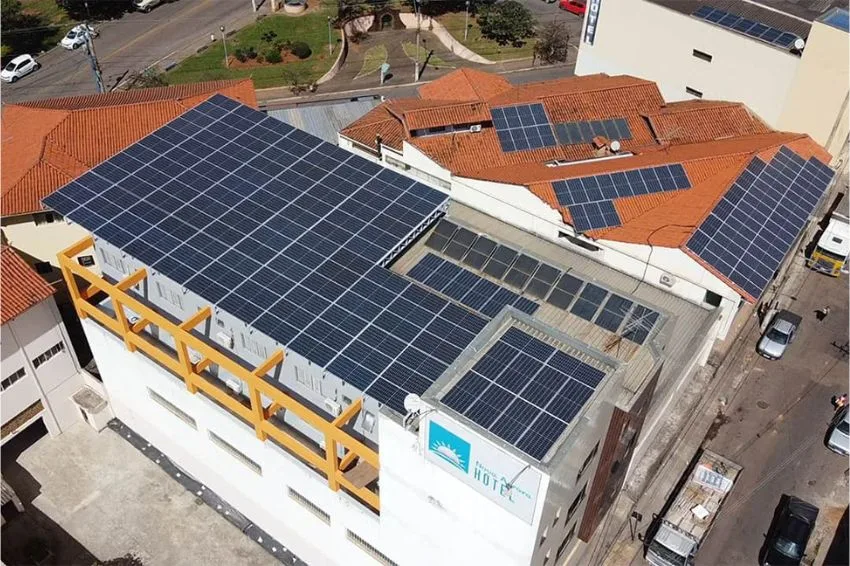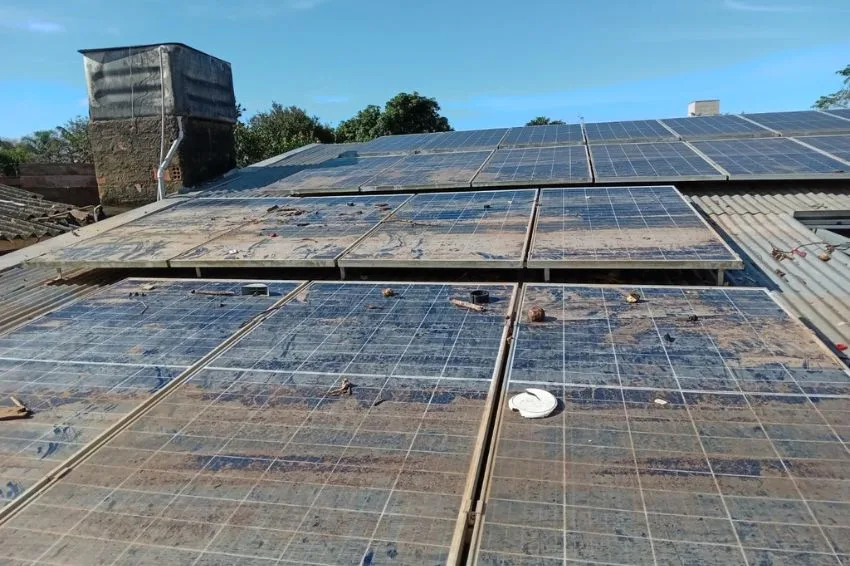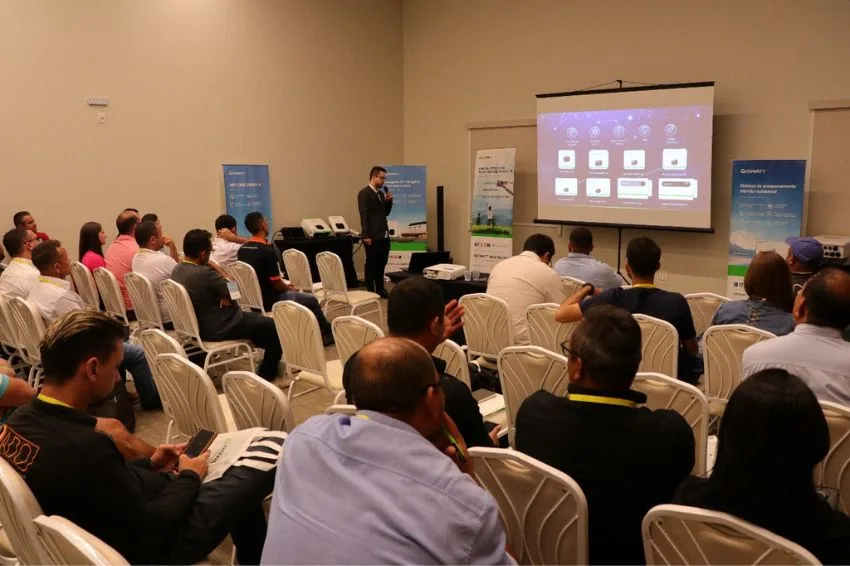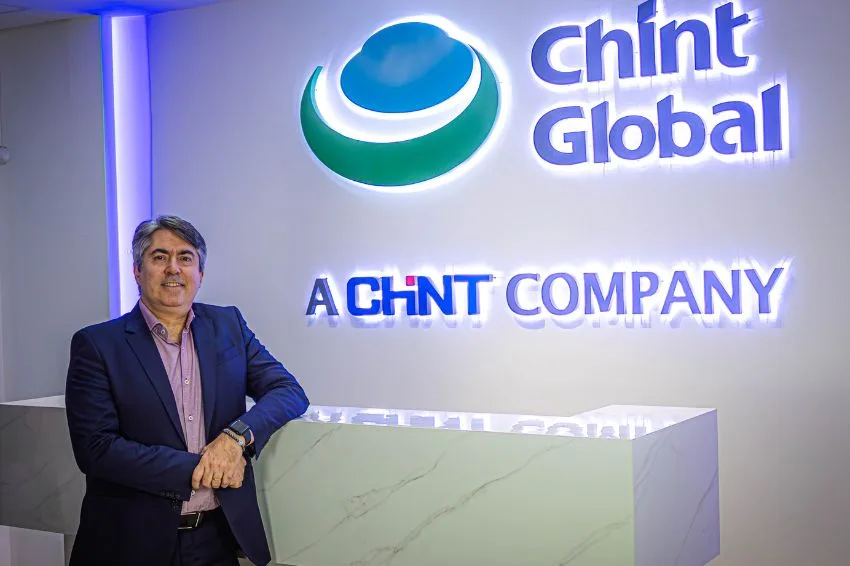O Light Group presented last Friday, the 14th, its judicial recovery plan with a liability of R$ 11 billion in debt maturing between 2023 and 2031.
The great economic-financial imbalance is due to the complex debt, aggravated by the large volume of investments made in the concession area to recover lost revenue – which, incidentally, had a lower-than-expected return.
According to the company, there are six reasons for the crisis:
- The significant amount of non-technical losses;
- The drop in the consumer market due to the economic degradation of the concession area;
- The gradual decrease in consumers paying for electricity in Rio de Janeiro;
- Investments made by Light with lower-than-expected returns;
- The financial impact caused by the law that determined the return of tax credits;
- The effects generated by the pandemic.
Non-technical losses are generally caused by energy theft and energy meter failures. Light SAESA's total losses reached 9,191 GWh in December 2022, while in 2021 total losses reached 9,105 GWh.
The company claims that it has been investing in actions to reduce non-technical losses, such as the installation of CBM (Armored Measuring Boxes) to protect electronic meters against unauthorized access.
Light's concession is characterized by regions whose areas are dominated by organized crime. This makes it difficult for the company to act, as solving the problem requires actions that go beyond what can be done by the Light Group itself.
In 2021 alone, losses caused by energy theft reached R$ 680 million (33% of investments made by the company aimed at combating these illicit acts). In 2022, the loss amounted to R$ 550 million, 49% of the investments made by Light SAESA.
“The increase in access restrictions to areas within its concession, mainly in areas dominated by paramilitary criminal groups, substantially affects the fight against theft and, consequently, the Light Group's coffers, despite the large and repeated investments made to combat them, and have the potential to put at risk the continuity of the concessions explored by the Light Group”, says an excerpt from the document.
Furthermore, the billed consumption of low voltage electricity in Rio de Janeiro has been gradually shrinking over the last decade, with a reduction of 12.5% in the volume of energy consumed in the period between 2013 and 2022.
In 2022, Grupo Light closed with a loss of approximately R$ 5.6 billion. A considerable part of this loss is related to the need to reserve a billion dollar amount to return PIS/COFINS credits to consumers, due to the enactment of Law 14,385, which determined the full refund of tax credits earned after the exclusion of ICMS from the tax base. calculation of PIS/COFINS on electricity bills, retroactively.
In 2021, the company began reimbursing credits in the amount of R$ 374.2 million, a value that reached R$ 1.05 billion in 2022.
What is the Recovery Plan?
The request for judicial recovery was granted on May 15th by the 3rd Business Court of the District of the Capital of the State of Rio de Janeiro.
At the end of the first quarter of 2023, Grupo Light's gross debt amounted to R$ 10.92 billion, while net debt was R$ 9.3 billion (the company has a series of debt securities maturing between 2023 and 2031).
The Light Group is formed by Light (holding), Light SAESA (Distribution) and Light Energia (Generation and Transmission). Light's share capital is R$ 5.47 billion, represented by 372,555,324 ordinary shares. Around 41.77% of capital is distributed on the stock exchange. The other shareholders are: WNT (28.06%), Samambaia FIA (20.01%) and Santander PB FIA 1 (10.16%)
The recovery plan provides that Light will be able to carry out corporate reorganization, with the aim of simplifying the organizational structure and optimizing operations.
In its plan, the company intends to equalize its financial liabilities, adapting them to its payment capacity through the issuance of new debt instruments and securities, in order to adapt the Group's capital structure. The company also foresees a possible capital increase.
In order to reduce payment, Light will hold a Reverse Auction, which will work like this: the creditor who offers the biggest discount on the amount owed will have preference in receiving the debt. The minimum discount is 60%.
Option B is to receive the debts through the private subscription of new common shares. In this case, Light would promote a capital increase. The value of the share was not defined in the plan.
Option C allows Light to make payment with a 20% discount through debt instruments, such as debentures and bonds.
Option D proposes that Light pay the remaining balances of credits without discount, through the issuance of new debts.
Option E defines full payment for creditors with debts of up to 10 thousand, in a single installment, without discount and without correction.
About Grupo Light?
Grupo Light has been operating in Brazil since 1899. Its concession area covers 31 municipalities in Rio de Janeiro, including the entire Metropolitan region, and comprises 11.6 million consumers.
Light SAESA has 4.5 million billed consumer units, which corresponds to the sixth highest energy consumption in the country when compared to other distributors, with 23,576 GWh, behind only Celesc (5th), Copel (4th), CPFL Paulista (3rd), Enel SP (2nd) and Cemig (1st).
Light Energia has 873 megawatts (MW) of installed capacity, with an assured energy of 621 average MW. Furthermore, 423 average MW are currently
contracted from 2022 until the expiration of the company's concession.
Light Energia's concessions expire between 2026 and 2028. Light SAESA's concession expires in 2026. Click here to read the full judicial recovery plan.
















